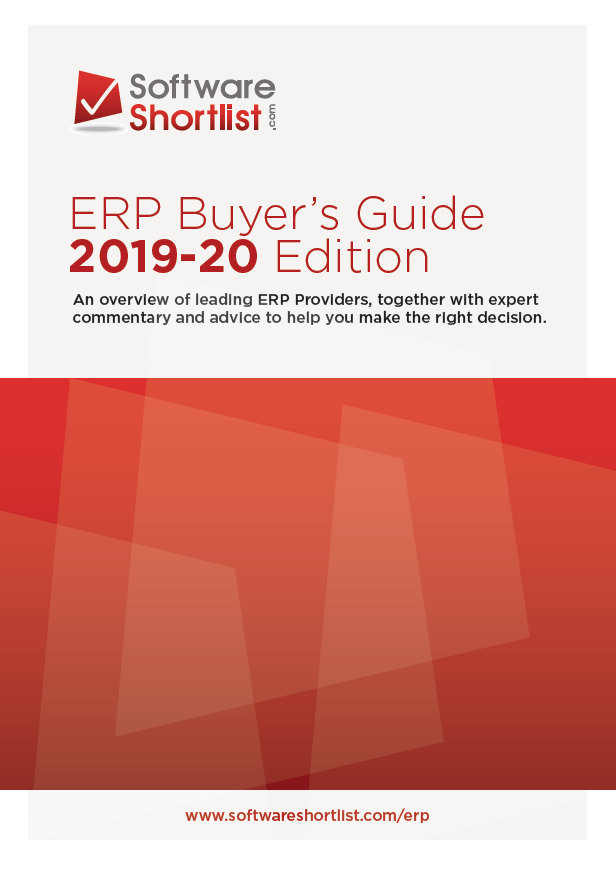A growing number of ERP users are seizing scheduled technology refreshes as an opportunity to consider moving workloads onto virtual servers…
Server virtualisation is finally considered mature and secure enough for a growing number of enterprises to take the plunge with their ERP workloads. In the past mission-critical systems such as ERP have generally been left on physical infrastructure because of perceived performance and security benefits.
But according to VMware managing director Duncan Bennet; “There is a movement of large ERP workloads across to virtual servers.”
“It’s not as difficult as you might think,” he said, adding that as large physical servers came up for replacement CIOs were seriously considering using a virtual platform.
An article published earlier this month in the Wall Street Journal also saw Deloitte Consulting recommend CIOs conducted risk assessments about a move to virtual servers for ERP when it was time for a technology refresh rather than miss out on the savings that the approach promises.
VMware’s Bennet said that in Australia banks, tele-communications companies and government departments were starting to migrate ERP to virtual systems following the lead of New Zealand users such as Fonterra and the University of Auckland. He said enterprise was increasingly convinced of the maturity and reliability of virtual servers, and keen to reap the savings they promised.
VMware this week released the results of a regional survey conducted on its behalf by IDC which attempted to quantify the savings of a move to server virtualisation.
The IDC Server Economies Index attempts to quantify how much money Australian organisations would have spent on technology had virtualisation not been available. That report claims that virtualisation has helped businesses avoid $3.5 billion of costs in the years 2003-2012, and that this will increase to more than $6 billion in the years to 2020. The estimate does not however take into account the amount that organisations have had to invest in virtualised servers, or services and software to support the transition.
While debates about the validity of the model’s assumptions are inevitable, what it does reinforce is that virtualisation can result in physically smaller data centres, hosting fewer physical machines which overall draw less power and incur a lower IT administration overhead than their physical counterparts.



